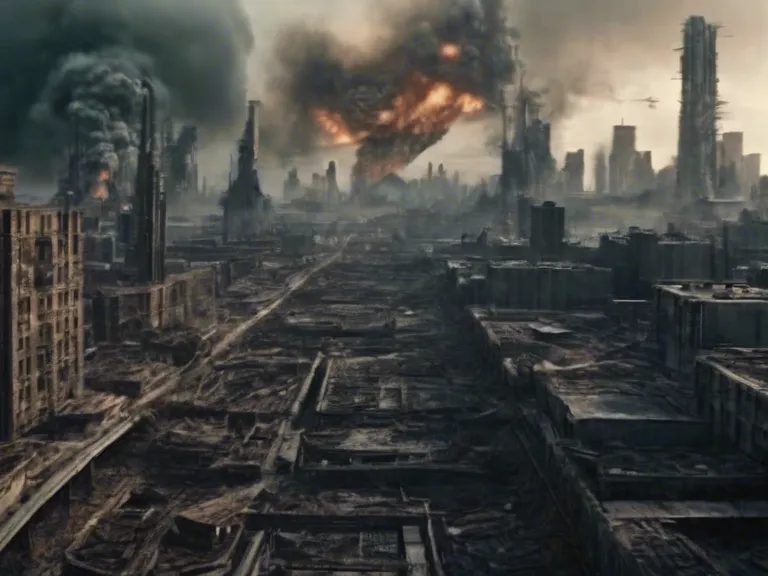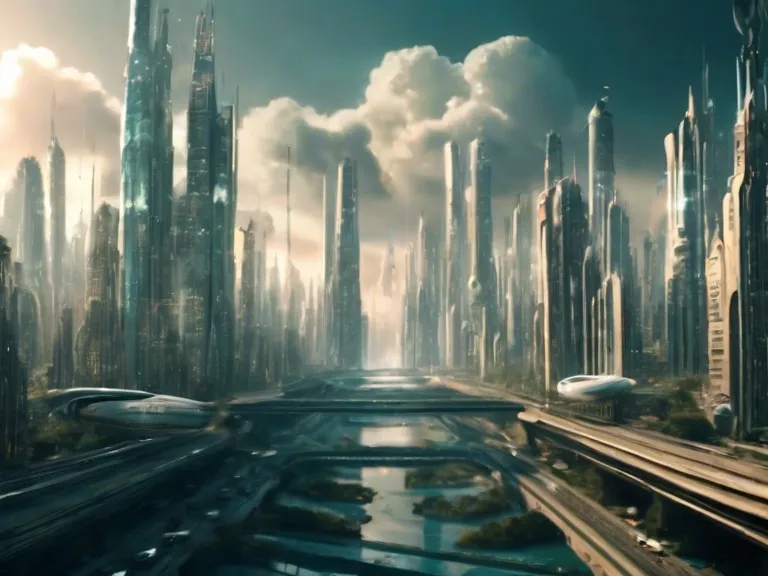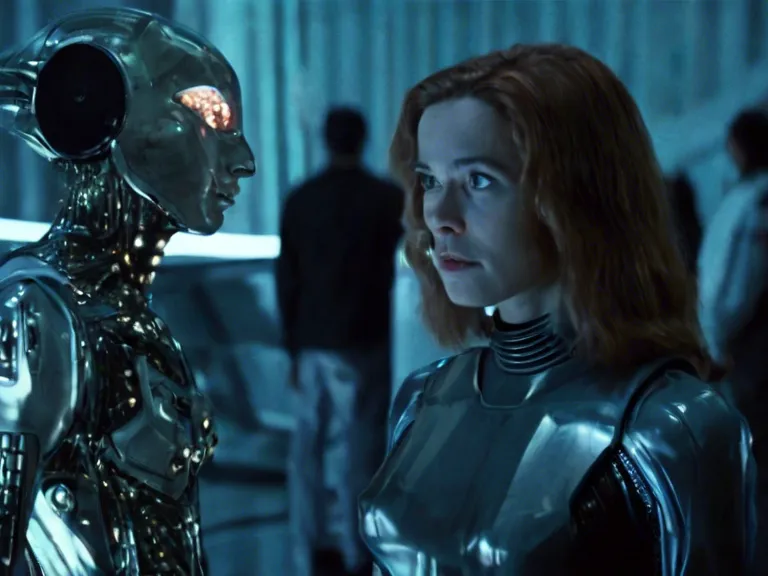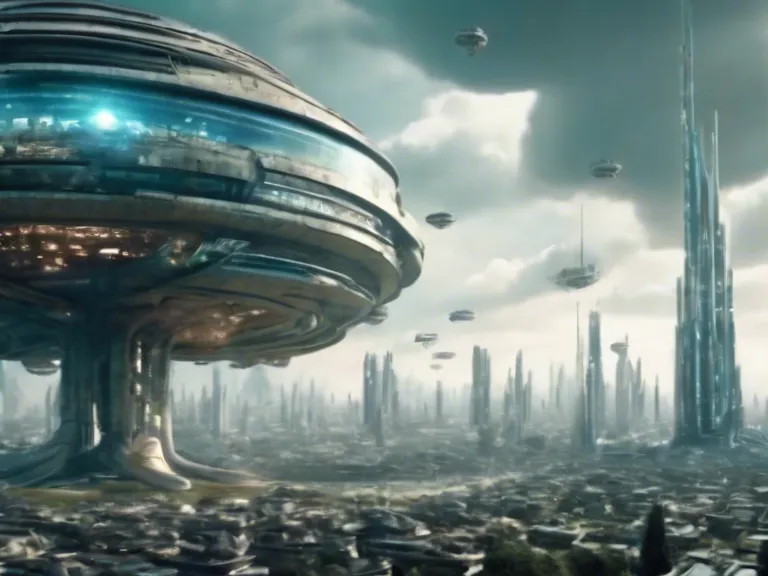
Dystopian Futures: Analyzing Trends in Apocalyptic Films
In recent years, the popularity of apocalyptic and dystopian films has surged, showcasing dark visions of the future that captivate audiences worldwide. From environmental disasters to societal collapses, filmmakers have explored a myriad of themes that warn of the potential consequences of our actions. In this article, we will delve into the trends seen in apocalyptic films and analyze why they continue to resonate with audiences.
One common trend in apocalyptic films is the exploration of environmental degradation and its consequences. Movies like "Mad Max: Fury Road" and "Waterworld" depict a world ravaged by climate change, scarcity of resources, and extreme weather events. These films serve as cautionary tales, warning us of the dangers of not taking care of our planet.
Another prevalent theme in apocalyptic films is the breakdown of society and the rise of authoritarian regimes. Films like "The Hunger Games" and "V for Vendetta" portray dystopian worlds where governments have become oppressive and citizens are stripped of their freedoms. These movies often serve as social commentaries, reflecting the fears and anxieties of our current society.
Additionally, apocalyptic films often explore the impact of technology on humanity. Movies like "Blade Runner" and "The Matrix" delve into the consequences of artificial intelligence and virtual reality, raising questions about what it means to be human in a technologically advanced world. These films challenge us to reflect on the ethical implications of our technological advancements.
While apocalyptic films can be dark and bleak, they also offer a sense of hope and resilience. In movies like "Children of Men" and "Snowpiercer," we see characters fighting against oppressive systems and striving for a better future. These films remind us of the power of human spirit and the possibility of redemption even in the face of despair.
In conclusion, apocalyptic films continue to be popular due to their ability to provoke thought, spark discussions, and offer insights into the potential consequences of our actions. By analyzing the trends in these films, we can gain a deeper understanding of the fears and hopes that drive our collective imagination of dystopian futures.



